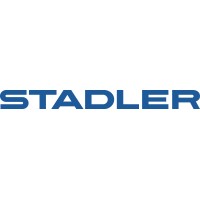
Babcock Rail
Following the acquisition of VT Group, Babcock has undergone a rebrand. The use of divisional names has been removed so that all business units can stand under the one banner and be united as Babcock. With this in mind we would like to redirect you to the company profile Babcock International Group PLC. Babcock Rail is a UK focused railway infrastructure support business selected as one of only four track renewal contractors to Network Rail.






